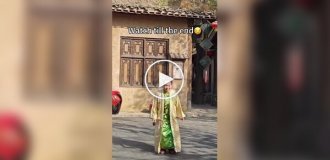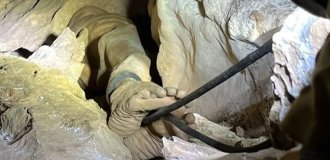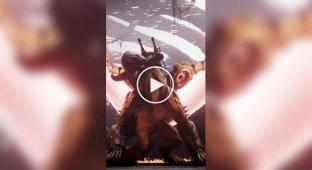Stranger than fiction: 10 facts that will make you doubt reality (11 photos)
Science, history and art sometimes present plots that no science fiction writer would ever think of. 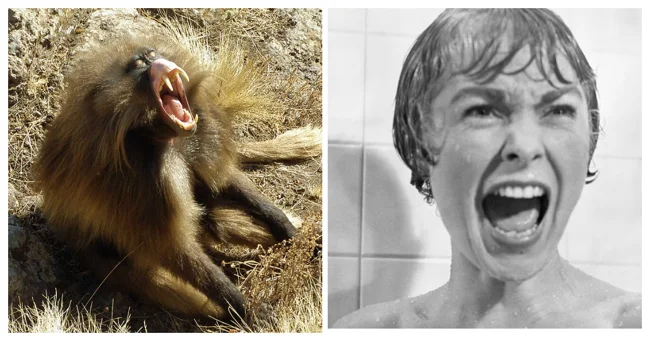
Hitchcock's "bloody" films, hairy crabs, dovecot mausoleums - this collection presents the most mysterious and strange facts and cases that are hard to believe. Which of them will make your skin crawl?
1. Historical Paradox 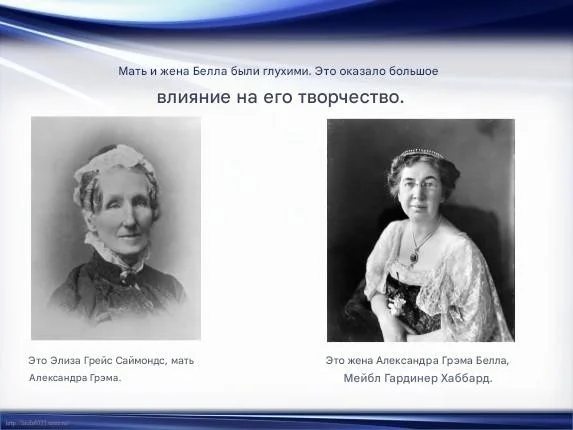
Alexander Bell never called his wife or mother after inventing the telephone because both women were deaf.
2. The Dark Ritual 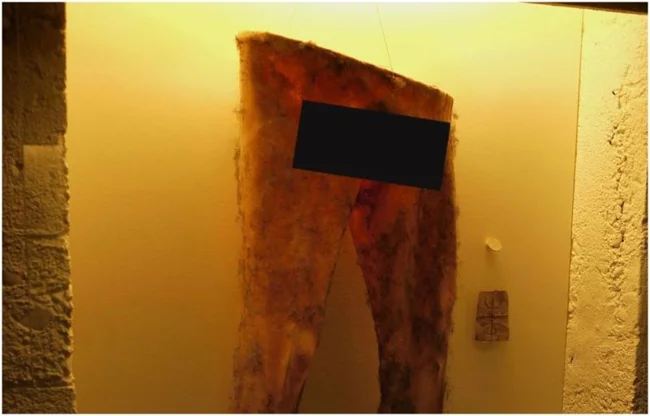
A dark ritual called "necropants" (Isl. nábrók - "corpse pants") is mentioned in old Icelandic legends and is associated with wealth-gaining magic. The sorcerer had to dig up the body of a recently deceased person (often a friend or relative), remove the skin from the lower part of the body to make "pants" out of it, discreetly take a coin from the widow of the deceased and place it in the scrotum area of the creepy makeshift garment. It was believed that such "clothes" would attract money, and the coin in the scrotum would "multiply", as if giving birth to new coins.
3. Cruel Hunting 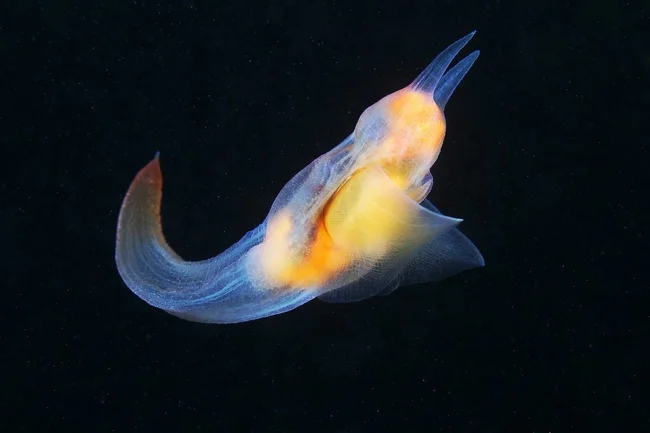
These gastropods - sea angels - are real predators, and their favorite snack is related species, sea devils. The hunt looks like a scene from a horror movie:
Hidden weapon - six tentacles with sticky spikes are hidden in the angel's head.
Instant attack - when the mollusk sees its prey, its head suddenly opens and its tentacles shoot out, grabbing its prey.
Merciless feast - the angel unfolds its shell and scrapes out its prey with its hooked jaws, like candy from a cup.
4. Unique pattern 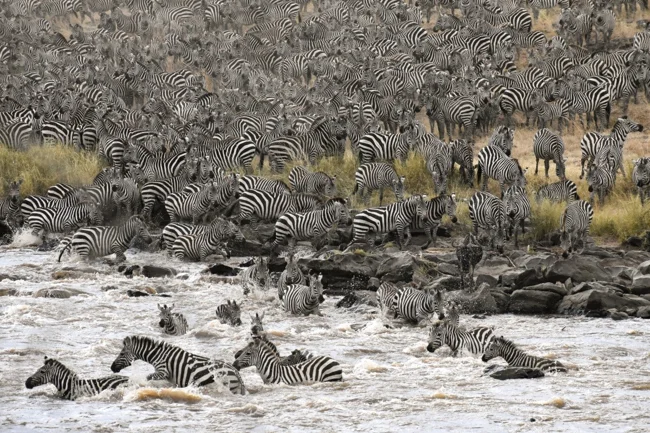
Each zebra has a unique pattern, like human fingerprints.
5. Effective Incentive 
When Fyodor Dostoevsky lost all his money at cards (including the fee for a future novel), the publisher demanded that he write a book in 26 days - otherwise the writer would lose the rights to all his works. Thus, in a month, the novel "The Gambler" was born.
6. Ancient Vegetable 
The homeland of cucumbers is the Himalayas, where they grew as vines 3,000 years ago and still grow in natural conditions.
7. Funeral Tradition 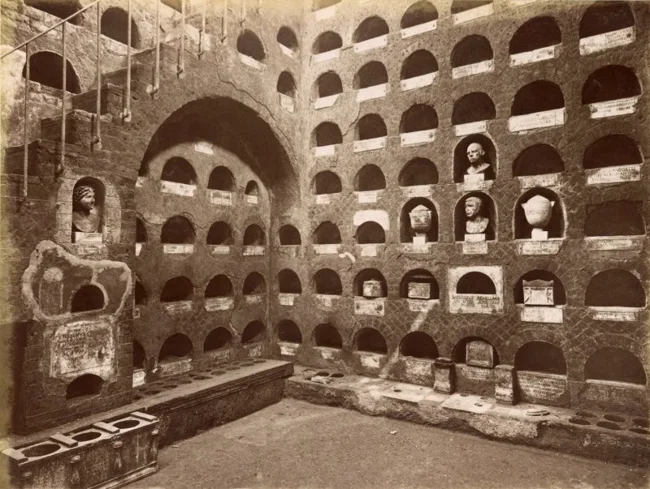
The rich of Rome built luxurious mausoleums for urns with ashes, and commoners were content with common "dovecotes of death" - columbaria.
These multi-tiered tombs with hundreds of niches really did resemble pigeon houses:
each niche = one urn with ashes;
the name comes from the Latin columbarium ("dovecote");
the largest ones could hold up to 30,000 urns.
Today, the word "columbarium" is used to describe modern repositories of ashes, and pigeons still love to settle in their niches.
8. Brilliant solutions of the master 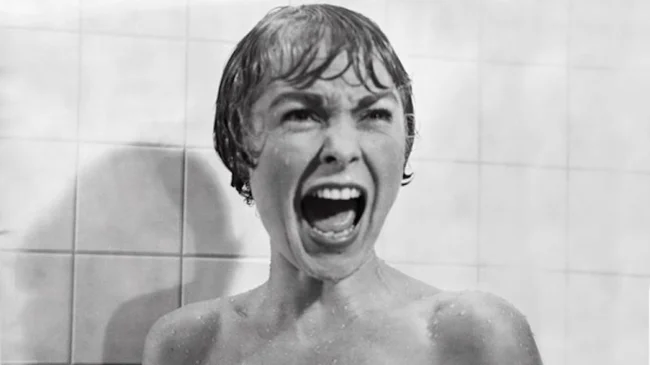
In the film "Psycho" (1960), Hitchcock used chocolate syrup instead of blood. In order for the black-and-white film to convey the "blood" in the murder scene in the shower, the director took regular syrup - in the frame it looked as realistic as possible. The sound of a knife plunging into a body was created by... poking a melon with a knife (the best choice for this purpose was the winter melon casaba), and the cries of birds off-screen were violins playing glissando.
9. Hairy Crab 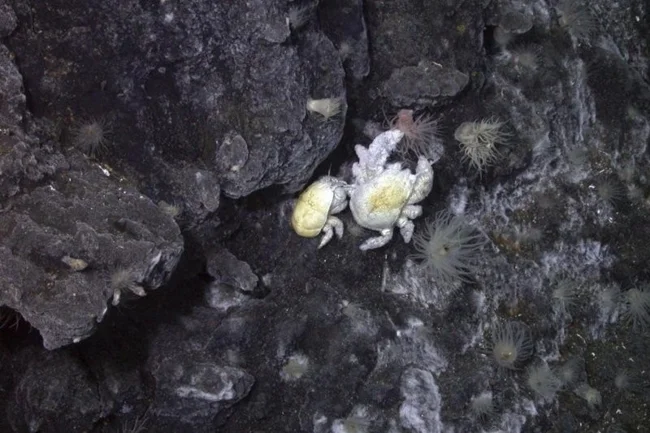
The Kiwa tyleri crab was named Hoff after the actor David Hasselhoff, known for his role in the TV series "Baywatch". This is due to the fact that the animal has dense "vegetation" on the underside of its body, reminiscent of the growth on the actor's chest. Kiwa tyleri crabs live near hydrothermal vents on the seabed of Antarctica. Their body is covered with many bristles that allow them to grow bacteria for food.
10. Understanding the deception 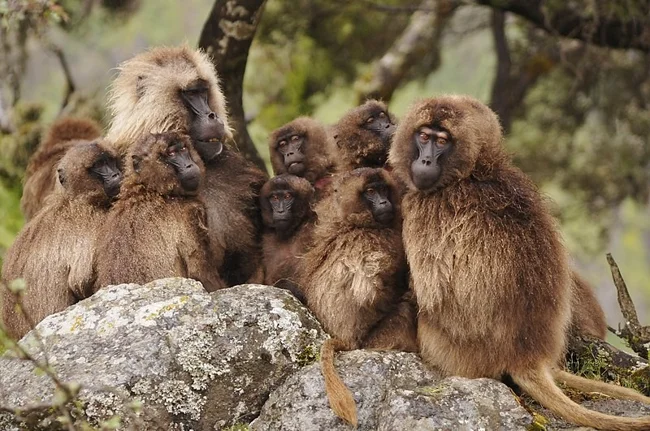
Researchers at the University of the Free State in South Africa, observing gelada monkeys during field studies, discovered that the monkeys are capable of “cheating” on their partners and hiding their infidelity. A non-dominant male secretly mates with a female, and both suppress their normal mating calls to avoid being heard.
